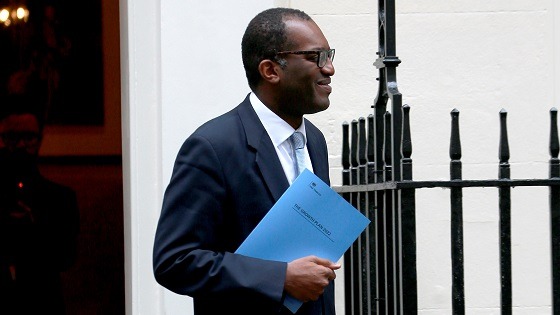 The UK’s new Chancellor Kwasi Kwarteng unveiled “The Growth Plan 2022” which marks a step change in government policy, both financially and ideologically. The view of the new government is summarised by the assertion that “Economic growth is the government’s central mission” and to achieve this “the government must cut taxes, streamline the public sector, and liberate the private sector.”
The UK’s new Chancellor Kwasi Kwarteng unveiled “The Growth Plan 2022” which marks a step change in government policy, both financially and ideologically. The view of the new government is summarised by the assertion that “Economic growth is the government’s central mission” and to achieve this “the government must cut taxes, streamline the public sector, and liberate the private sector.”
As always, we disregard the political or social biases with our comments and focus on the reality of facts, or importantly, the facts so far. As the chancellor noted when challenged on the financial prudence of their plan, the new regime had been in place 19 days when it was issued and there will be additional measures in the future. Those doubting the priorities of the government and where these measures will be implemented, however, need only to focus on the highlighted quotes from the mini-budget and then consider the likely economic implications.
Currency markets have been in focus as sterling initially reacted negatively to the news, with fears that the higher-than-expected levels of borrowing would cause sustained higher inflation and, in turn, higher interest rates from the Bank of England which would have significant implications on the cost of government financing at a time when this already stands at historical highs.
However, part of the uncertainty may be due to lack of detail on how the stimulus package would be financed which provides additional risk in market pricing – back to the relevance of the facts so far, and the likelihood of further communications within the theme of the government’s chosen central mission. A Conservative government that has just taken a very open and public step to the right will be acutely aware of the financial markets’ need for information and aversion to uncertainty, so we must assume a pro-business regime will adopt an operating framework to match.
What next? Initially, more uncertainty, particularly as the government and Bank of England (BoE) establish an equilibrium on fiscal stimulus and monetary restraint to break the cycle of higher inflation and higher interest rates. For growth to reach the government’s stated objective of 2.5% that will need to happen sooner rather than later, and more than likely after an almost inevitable initial recessionary period. The focus on the private sector should, in theory, be positive for businesses as the government has identified them as the solution to remedying the current economic problems. However, this is clearly a significant risk at a time when government finances are already stretched, and the macroeconomic environment is as uncertain at any point since the global financial crisis in 2007-08.
At our client webinars we have emphasised the likelihood of heightened volatility for a number of years and the implications for financial markets over the short, medium and long term. The short-term risks for UK-based investments have certainly increased with the announcements on Friday and what may be perceived as bold in some quarters has equally been dismissed as reckless in others. While clearly our portfolios are not immune to the prevailing negative market environment, we continue to emphasise the foundations for dealing with the current conditions lie in a well-diversified, global approach to assets that have long-term potential to weather the immediate storms and deliver returns over the longer term. Risks are clearly elevated at the moment and the government will need to provide more clarity on how the stimulus will be accounted for to soothe the nerves of investors.
